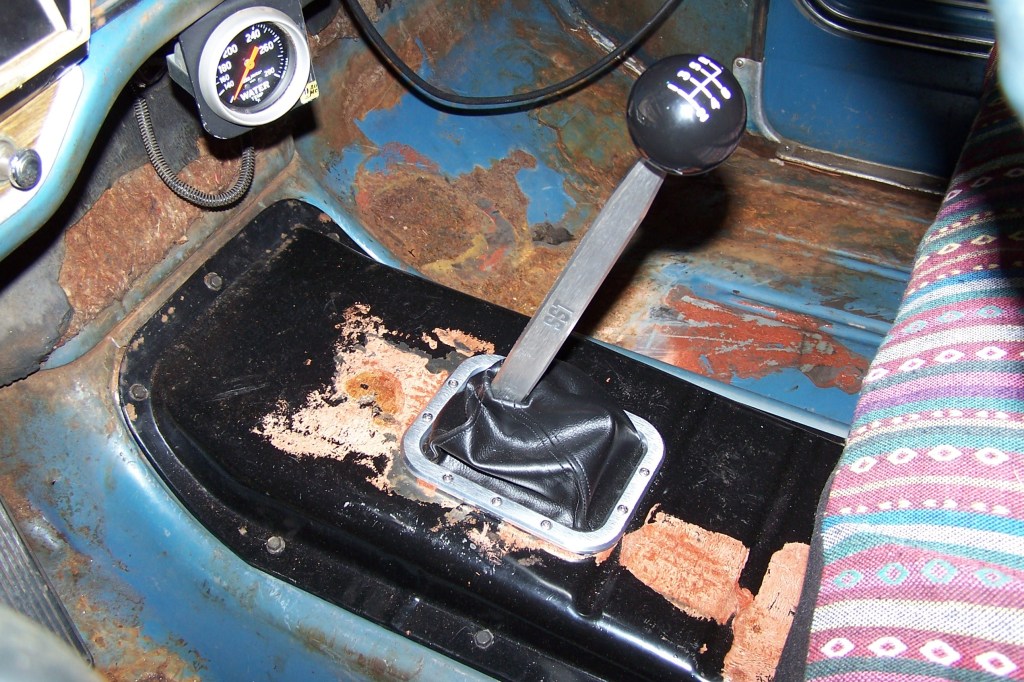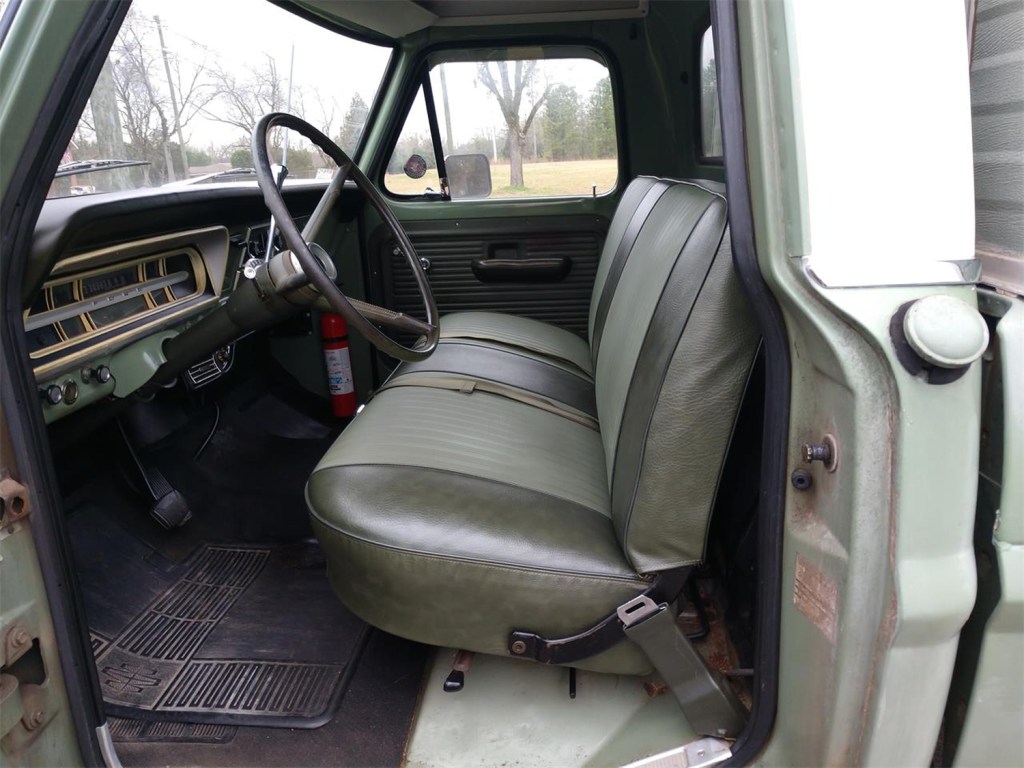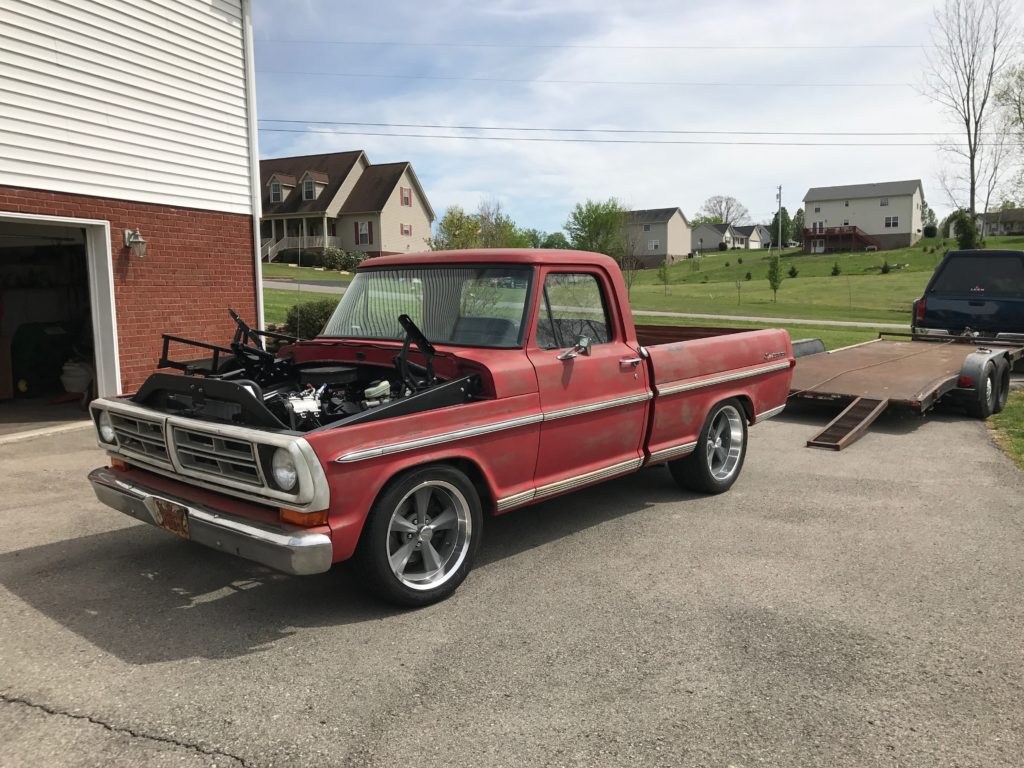Discover The Perfect Manual Transmission For Your 1970 Ford F100 390: Find Out Now!
What Manual Transmission Will Fit My 1970 Ford F100 390?
What manual transmission will fit my 1970 Ford F100 390? This is a common question for truck owners who want to replace their old transmission or upgrade to a manual transmission. The 1970 Ford F100 is a classic truck that has been loved by many for its durability and performance. The 390 engine was a popular choice for its power and capability, but finding the right manual transmission can be a challenge.
Overview
The purpose of this article is to provide information and guidance on selecting the right manual transmission for your 1970 Ford F100 390. The manual’s structure and organization will be explained, highlighting the importance of understanding the specifications and features. This article is aimed at truck owners who want to learn more about manual transmissions and make an informed decision.
3 Picture Gallery: Discover The Perfect Manual Transmission For Your 1970 Ford F100 390: Find Out Now!



What is a Manual Transmission?
A manual transmission is a type of transmission that requires the driver to manually change gears using a clutch and gear stick. It is also known as a standard or a stick-shift transmission. Manual transmissions are considered to be more engaging to drive as they require more driver involvement, and they are also known for their durability and reliability.
Who Should Consider a Manual Transmission?

Image Source: speednik.com
If you enjoy driving and want a more engaging experience, a manual transmission is a great option. Manual transmissions are also a good choice for people who want to save money on fuel and maintenance costs. Manual transmissions are typically more fuel-efficient and require less maintenance compared to automatic transmissions.
When Should I Consider Upgrading to a Manual Transmission?
If you have an older truck with an automatic transmission that needs to be replaced, upgrading to a manual transmission can be a good option. Manual transmissions are generally less expensive to repair and maintain compared to automatic transmissions, and they offer better performance in off-road and towing situations.
Where Can I Find a Manual Transmission for My 1970 Ford F100 390?
You can find manual transmissions for your 1970 Ford F100 390 at a variety of locations, including auto parts stores, online retailers, and salvage yards. When purchasing a used transmission, make sure to inspect it carefully and check for any signs of wear or damage. It’s also a good idea to get a warranty or guarantee from the seller to ensure that the transmission is in good condition.
Why Should I Choose a Manual Transmission?

Image Source: fordauthority.com
Manual transmissions offer several advantages over automatic transmissions. They are generally more fuel-efficient, offer better performance in off-road and towing situations, and are less expensive to repair and maintain. In addition, manual transmissions provide a more engaging driving experience and give the driver more control over the vehicle.
How Do I Choose the Right Manual Transmission for My 1970 Ford F100 390?
Choosing the right manual transmission for your 1970 Ford F100 390 depends on several factors, including the engine size, the desired performance, and the intended use of the vehicle. It’s important to understand the specifications and features of each transmission option to make an informed decision. Some popular manual transmission options for the 1970 Ford F100 390 include the four-speed Muncie M21, the four-speed Borg-Warner T-18, and the three-speed Borg-Warner T-10.
Key Features
The key features to consider when choosing a manual transmission for your 1970 Ford F100 390 include the number of gears, gear ratios, input/output shaft sizes, and torque capacity. The four-speed Muncie M21 is a popular choice for its durability and strength, while the three-speed Borg-Warner T-10 is known for its smooth shifting and reliability.
Controls and Functionalities

Image Source: americanpowertrain.com
The controls and functionalities of a manual transmission include the clutch pedal, gear stick, and shifter linkage. It’s important to ensure that these components are in good condition and properly adjusted to ensure smooth and accurate shifting. The clutch should engage smoothly and release completely, and the gear stick should move easily through all gears.
Fluid Capacities
The fluid capacity of a manual transmission is important to ensure proper lubrication and cooling. It’s important to use the correct type of transmission fluid and to check the fluid level regularly to prevent damage to the transmission. The 1970 Ford F100 390 requires approximately 4 quarts of manual transmission fluid.
Various Models and Technologies
There are several different models and technologies of manual transmissions to choose from, including synchromesh, non-synchromesh, and sequential transmissions. Synchromesh transmissions are the most common and are known for their smooth shifting and ease of use. Non-synchromesh transmissions require double-clutching to shift smoothly and are better suited for experienced drivers. Sequential transmissions are commonly used in racing applications and offer lightning-fast shifting.
User-Friendly Features
Manual transmissions can be equipped with several user-friendly features, including overdrive gears, lockout mechanisms, and hill-start assist. Overdrive gears can improve fuel efficiency and reduce engine wear, while lockout mechanisms prevent accidental shifting into reverse or other gears. Hill-start assist is a feature that holds the brakes temporarily to prevent the vehicle from rolling backwards when starting on an incline.
Tire Maintenance
Tire maintenance is important for the performance and safety of your vehicle. It’s important to ensure that your tires are properly inflated and have sufficient tread depth. In addition, rotating your tires regularly can help to extend their lifespan and improve handling and stability.
Interior and Exterior
The interior and exterior of your 1970 Ford F100 390 can be customized to suit your personal style and preferences. Upgrades such as custom seats, steering wheels, and shift knobs can enhance the comfort and appearance of your vehicle. Exterior upgrades such as custom paint, wheels, and tires can improve the look and performance of your truck.
Towing Capacities
The towing capacity of your 1970 Ford F100 390 depends on several factors, including the engine size, transmission type, and rear axle ratio. It’s important to consult the owner’s manual or a towing guide to determine the maximum towing capacity for your vehicle. It’s also important to ensure that your vehicle is equipped with the necessary towing equipment, such as a hitch and trailer brake controller.
Additional Resources
There are several resources available to help you choose the right manual transmission for your 1970 Ford F100 390, including online forums, auto parts stores, and truck enthusiasts’ groups. It’s important to do your research and consult with experts to ensure that you choose the right transmission for your needs.
Specifications and Accessories
The specifications and accessories of your 1970 Ford F100 390 can be customized to suit your needs and preferences. Upgrades such as performance exhaust systems, intake manifolds, and carburetors can improve the power and performance of your engine. Accessories such as bed liners, toolboxes, and cargo carriers can enhance the functionality of your truck.
Troubleshooting Guides
Troubleshooting guides can help you identify and resolve common issues with your manual transmission. Common issues include slipping or grinding gears, difficult shifting, and noisy operation. Consult your owner’s manual or a repair guide for more information on troubleshooting and maintenance.
Updates and Revisions
Manual transmissions are constantly evolving and improving, and updates and revisions may be available to improve performance, durability, and reliability. It’s important to consult with experts and stay up-to-date on the latest developments in manual transmission technology.
Safety
Safety should always be a top priority when operating a vehicle. It’s important to ensure that your manual transmission is properly maintained and in good condition to prevent accidents and injuries. Always wear your seat belt and follow traffic laws and regulations.
Price
The price of a manual transmission can vary widely depending on the brand, model, and features. Used transmissions can be a cost-effective option, but it’s important to ensure that they are in good condition and have a warranty or guarantee. New transmissions may offer better performance and reliability, but they can be more expensive.
Digital and Online Manuals
Digital and online manuals can be a convenient and cost-effective option for learning more about manual transmissions and troubleshooting common issues. These manuals can be accessed on your computer or mobile device and offer detailed information and diagrams to help you understand the inner workings of your transmission.
Pros and Cons
Manual transmissions offer several advantages over automatic transmissions, including better fuel efficiency, performance, and durability. However, they can be more challenging to operate and require more maintenance and repairs. It’s important to weigh the pros and cons and choose the option that best suits your needs.
Conclusion
What manual transmission will fit my 1970 Ford F100 390? Choosing the right manual transmission for your classic truck can be a challenge, but with the right information and guidance, you can make
This post topic: Manual



